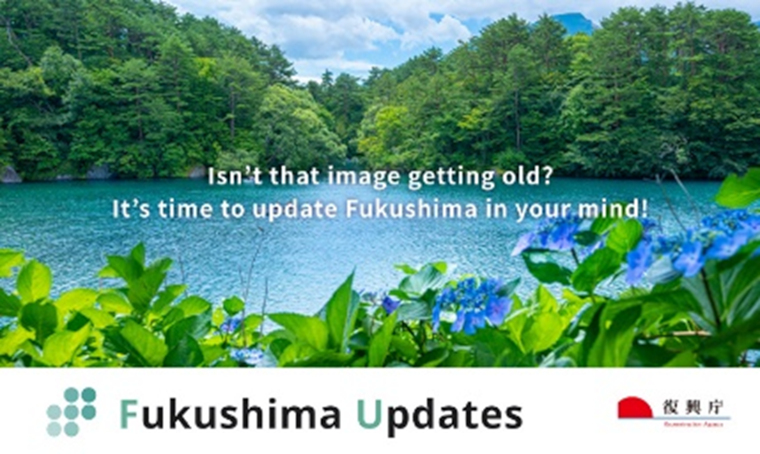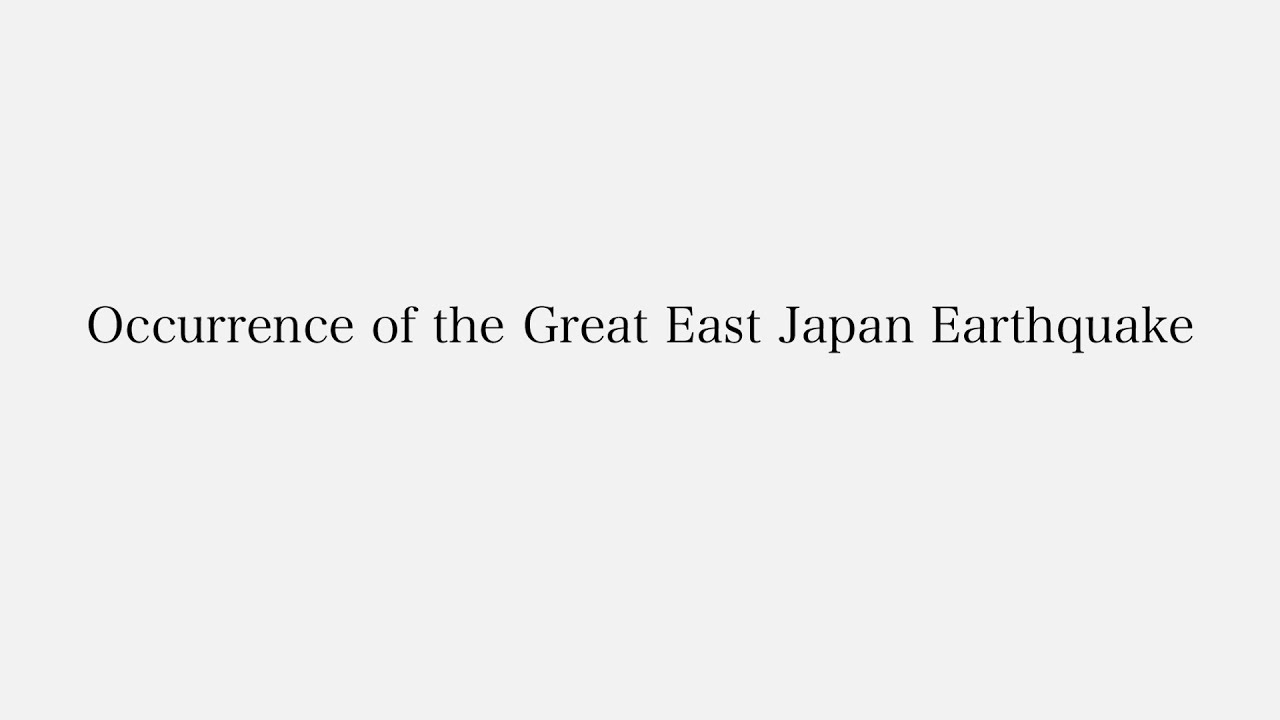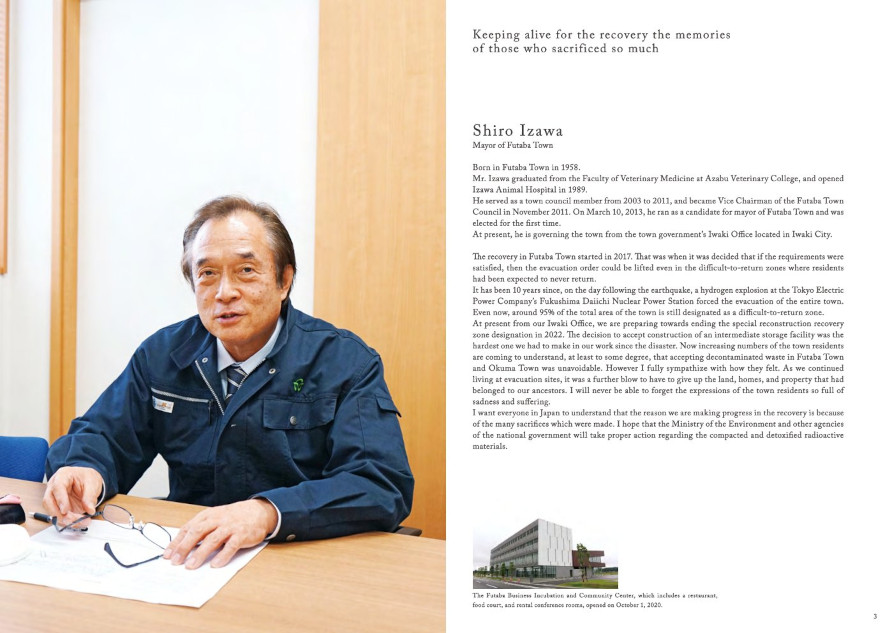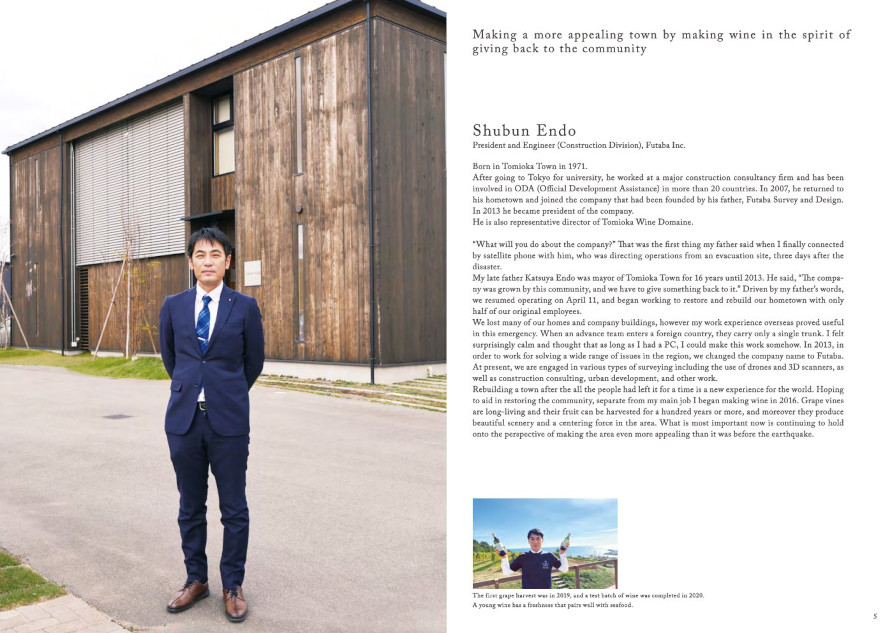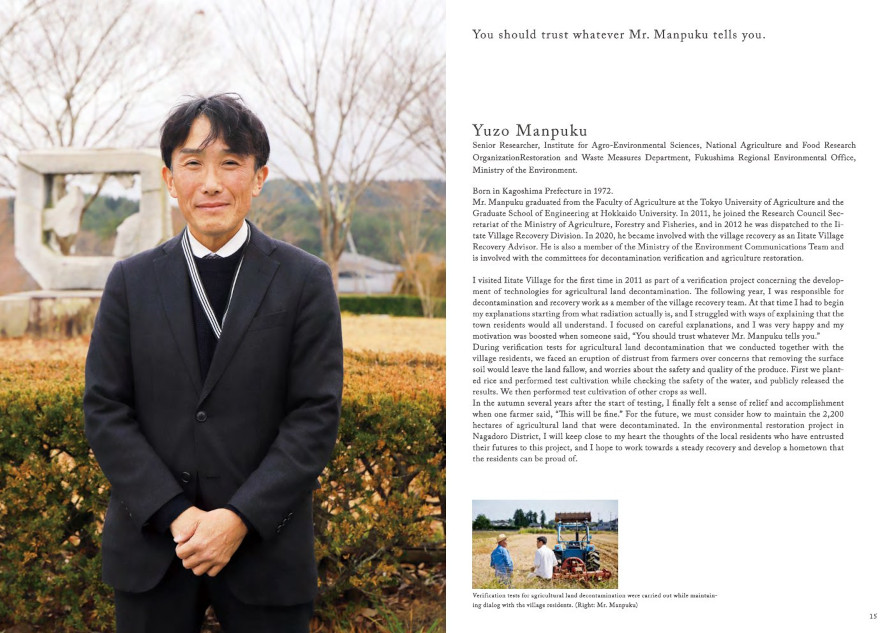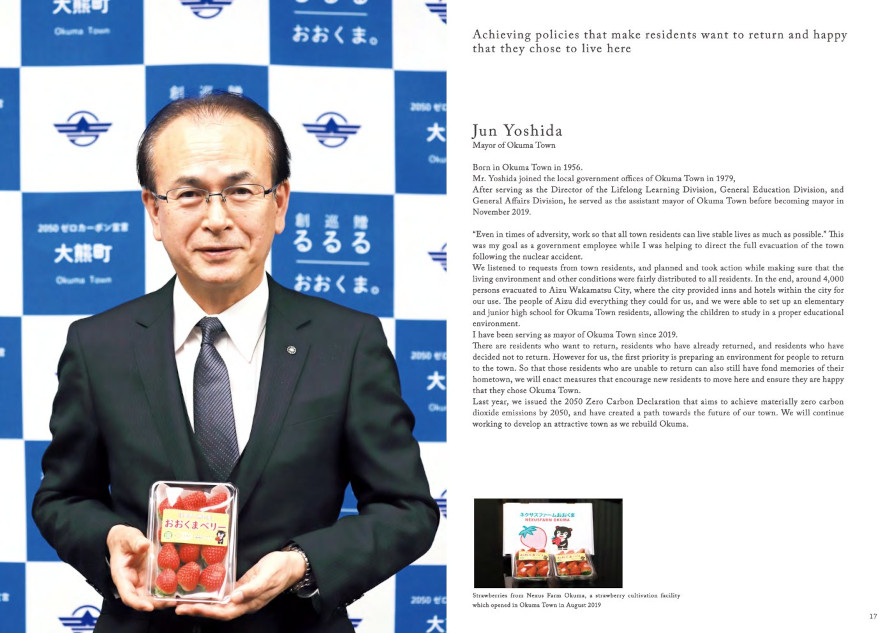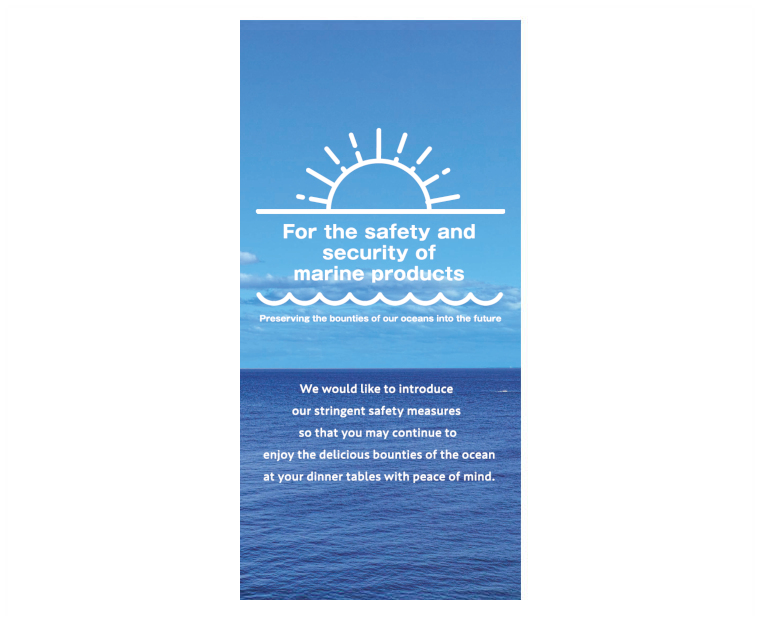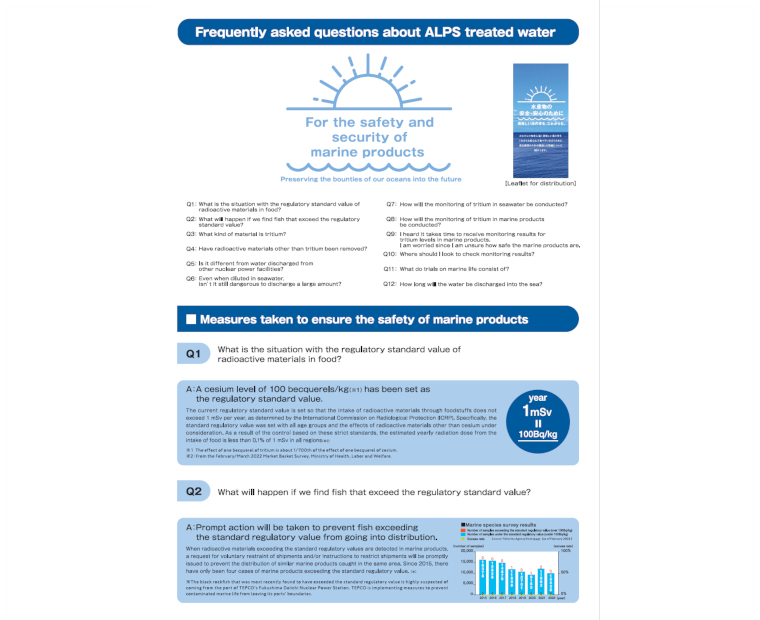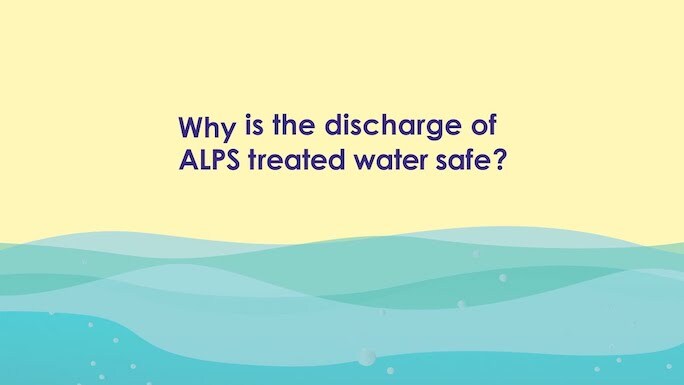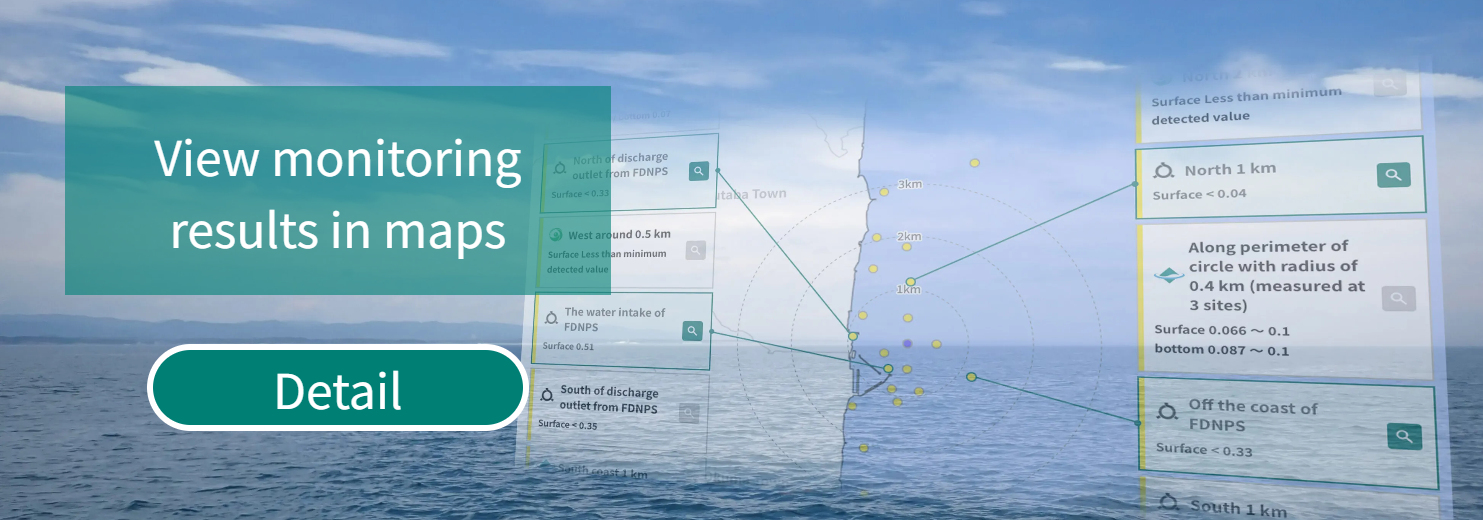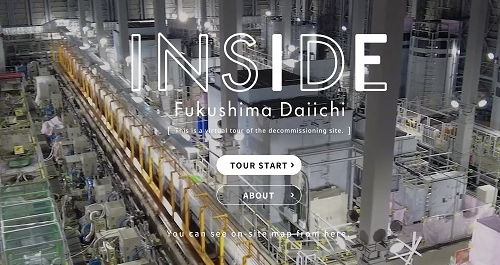Environmental Restoration Efforts and Reconstruction Progress in Fukushima
The 28th UN Climate Change Conference (COP28)
Fukushima Today and Its Attractiveness
Twelve years have passed since the Great East Japan Earthquake and the accident at TEPCO's Fukushima Daiichi Nuclear Power Station. Fukushima is steadily advancing on its path of reconstruction.
In addition to the charms of nature, traditional culture, and food, urban development and the promotion of new industries are progressing, and more and more people are visiting Fukushima to learn about its "past, present, and future" and to think about the future of their lives, cities, and society.
Environmental Restoration Efforts
The Great East Japan Earthquake and the subsequent accident at TEPCO's Fukushima Daiichi Nuclear Power Station (TEPCO’s FDNPS) released a large amount of radioactive materials into the atmosphere, making a significant impact on environment over a wide area and forcing many residents to evacuate.
Over the past 12 years, with warm and continuous support of many people, the Ministry of the Environment, Japan (MOEJ) has been engaged in environmental restoration projects such as decontamination on a scale and with methods that are unprecedented in the world.
Working towards its final disposal outside Fukushima Prefecture, we are developing technology to reduce the volume of removed soil and waste arising from decontamination work, and are implementing demonstration projects for recycling.
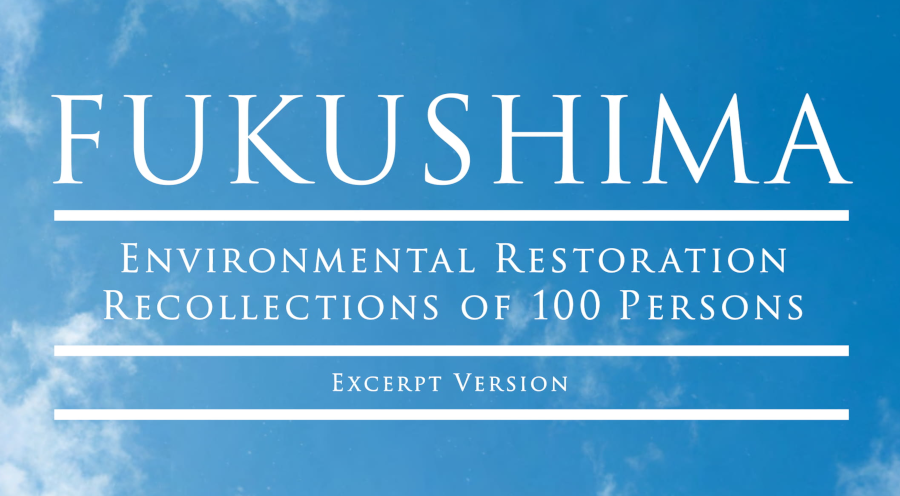
Fukushima Environmental Restoration Recollections of 100 Persons
It contains the stories of 100 persons (or groups) who have been involved in environmental restoration and local reconstruction in a wide range of positions. This website introduces a number of these valuable memories which must not be allowed to fade.
Initiatives taken for decommissioning and discharge of ALPS treated water
To carry out safe and steady decommissioning of the Fukushima Daiichi Nuclear Power Station (FDNPS) of the Tokyo Electric Power Company (TEPCO), it is necessary to reduce the number of tanks by discharging water that has been treated by the Advanced Liquid Processing System (ALPS) in order to secure enough space for new facilities for decommissioning work at the site. Thus, in April 2021, the Government of Japan announced to discharge of ALPS treated water into the sea, provided that safety was ensured and thorough countermeasures against rumors were taken.
"ALPS treated water" refers to water which has been sufficiently purified until the concentration of radioactive materials other than tritium is below the regulatory standards. For tritium, the water is significantly diluted with seawater before discharge so that it fully satisfies regulatory standards.
The tritium concentration after dilution is less than 1/40 of the regulatory standard (or 1/7 of the WHO standards for drinking water).
Among various measures being taken related to ALPS treated water, monitoring to determine the status of radioactive materials in the marine environment is being conducted under the auspices of the Ministry of the Environment, Japan.
Ministry of Economy, Trade and Industry
Ministry of Foreign Affairs of Japan
/ Tokyo Electric Power Holdings, Inc.
- Movie
Ministry of the Environment, Japan
- Web site
Tokyo Electric Power Company Holdings, Inc.
- Web site





